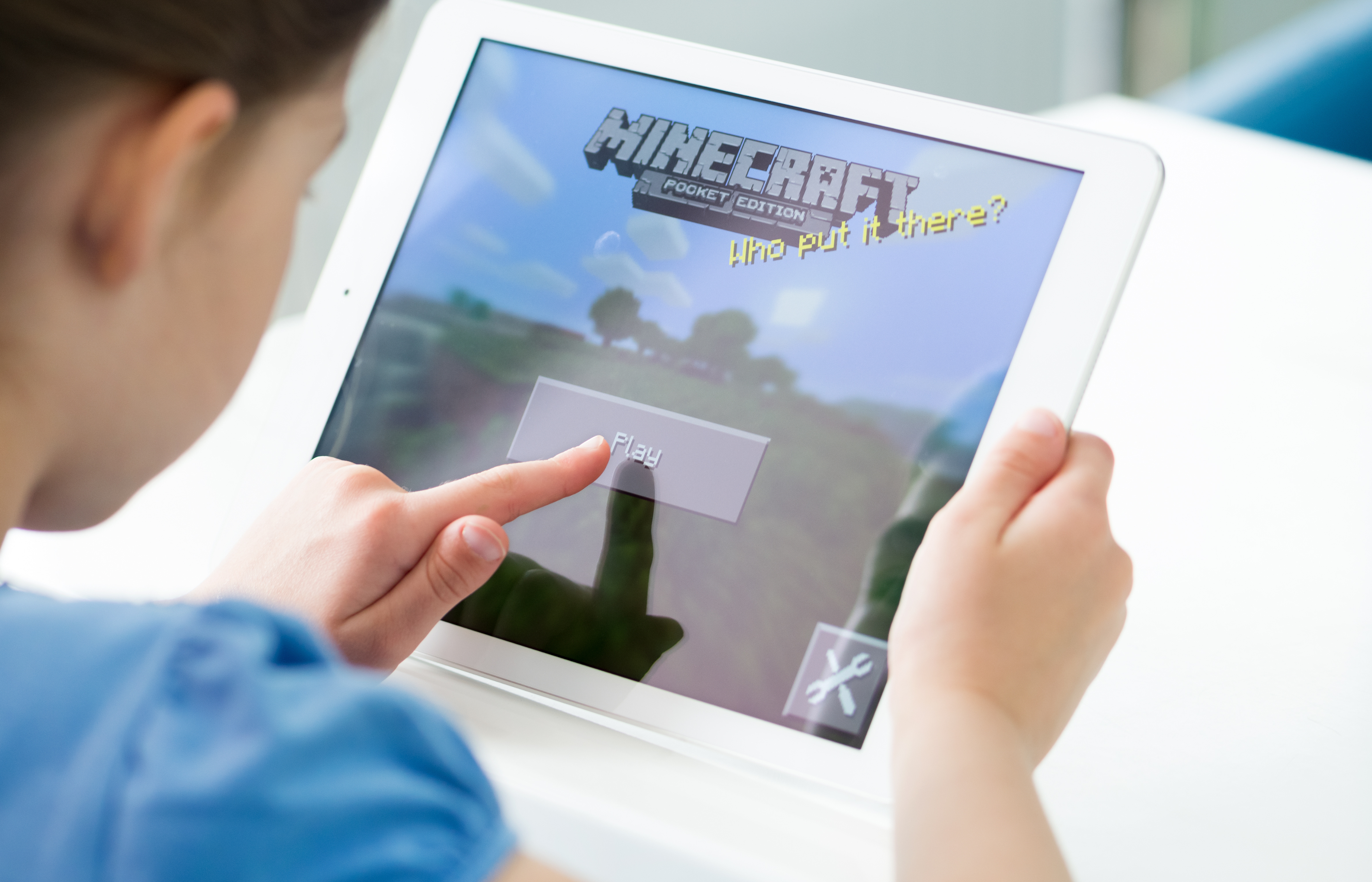ARTICLE
Gamification in Education - Turning Lessons into Games
Not all students engage with material the same way, it’s now clear that the “one size fits all” approach to education is outdated. We must find diverse ways to capture student attention and help them retain information. Enter gamification—a powerful tool that can revolutionise teaching by turning lessons into engaging, interactive experiences. This article explores how Key Stage 3 and 4 teachers can incorporate gamification.
July 13, 2024

Not all students engage with material the same way, it’s now clear that the “one size fits all” approach to education is outdated. We must find diverse ways to capture student attention and help them retain information. Enter gamification—a powerful tool that can revolutionise teaching by turning lessons into engaging, interactive experiences. This article explores how Key Stage 3 and 4 teachers can incorporate gamification.
What is Gamification?
Gamification involves incorporating game-like elements into non-game contexts, such as education. By introducing aspects like point scoring, competition, and rules of play, teachers can transform ordinary lessons into exciting challenges. Whether through interactive quizzes, role-playing scenarios, or even video games, gamification can make learning both fun and impactful.
Benefits of Gamification:
Increased Engagement
Interactive and competitive elements can make learning more appealing, helping to maintain students' focus and interest. According to scientists at the National Library of Medicine, gamification can significantly boost classroom engagement, making students more willing to participate and absorb information. After a fun lesson, students develop fond memories and think back to that class, encouraging them to retain information that would have been lost on another day reading text.
Cognitive Development
Studies have shown that Gamification increases cognitive engagement with tasks that might otherwise be perceived as demotivating, or highly repetitive nature.
Games often require strategic thinking, problem-solving, and quick decision-making, all of which contribute to cognitive development. By gamifying lessons, teachers can help students enhance these essential skills.
Reaching Neuro-divergent Students
Students with neurodivergent conditions, such as ADHD or autism, can particularly benefit from gamified learning environments. These students often find traditional teaching methods challenging, but the interactive and visually stimulating nature of games can make learning more accessible for them.
Learning Beyond the Classroom
One of the standout benefits of gamification is its ability to extend learning beyond the classroom. Students can continue to engage with educational content at home, using games you’ve provided or taught them to design. Furthermore, there are online platforms that they can access at home or on the move with their mobile. This ensures that learning remains an enjoyable yet and continuous experience.
How to Implement Gamification in Your Lessons:
Interactive Activities
Classroom quizzes using apps like the widely adopted Kahoot can turn a standard review session into a competitive game, making revision more exciting for students. Directly competing with other students gives them a visible short-term motivation.
Role-Playing Scenarios
Role-playing can be an effective way to bring subjects to life. For example, in history lessons, students could take on the roles of historical figures and reenact significant events. This method encourages active participation and helps students better understand and retain historical facts. Even using students as physical representations of math problems allows them to see problem-solving in action.
Educational Video Games
There are numerous educational video games designed specifically for classroom use, covering any subject! A classic is coolmathgames, which has become famous for its blend of education and entertainment. Furthermore, schools have found success teaching through Minecraft. Already beloved by many students, Minecraft’s freedom and accessibility lends itself to building cognitive skills. More elaborate systems can also be used to educate such as the “red stone” feature that allows players to build complex circuit systems in the game.
Interactive Slideshows
Turn your slideshow presentations into interactive adventures. Tools like Nearpod allow you to create slideshows with embedded quizzes, polls, and virtual field trips. This transforms a passive learning activity into an active exploration, keeping students engaged from start to finish.
Conclusion
Gamification is not just a trend but a powerful pedagogical tool that can help reach your students and encourage memory retention. By incorporating the elements we’ve discussed into your teaching strategy, you'll not only capture your students' interest but also foster an environment where learning is both enjoyable and effective.
Have you tried gamification in your classroom? Share your experiences and tips below—let's learn from each other and keep pushing the boundaries of education!

